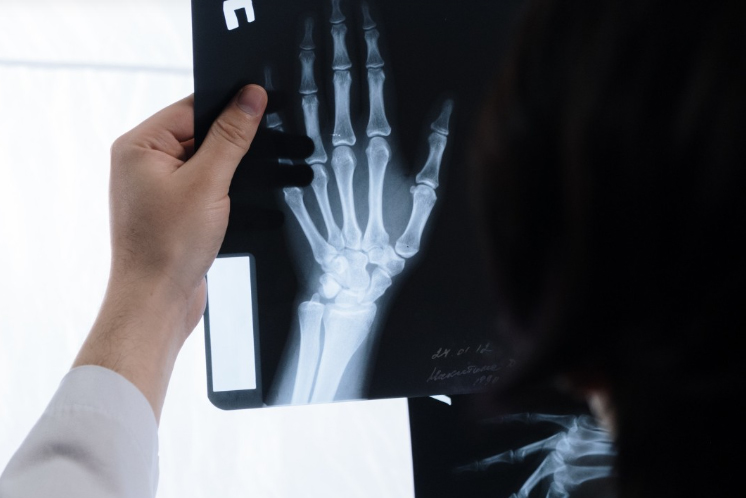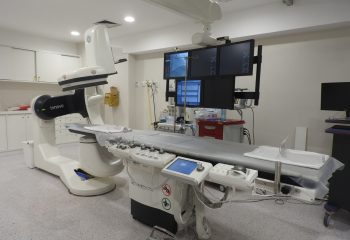A TPD claim is an insurance benefit that may be attached to your superannuation fund. You may be eligible for this lump sum benefit if you are sick or injured, or both, and you are unable to work again, whether that is in your usual occupation or any occupation.
The TPD insurance amount, is the lump sum amount that is paid to you if your TPD claim is successful and is separate from the actual amount held in your superannuation fund. The amount of cover varies between insurers and is dependent upon individual personal circumstances including the age you ceased working. Whilst most superannuation funds include a TPD cover, not everyone has a TPD component attached to their superannuation. If you are unsure if you are covered for TPD insurance, it is important to seek legal advice.
Who can make a Total and Permeant Disability Claim?
The criteria for making a TPD claim varies from insurer to insurer. Each insurer will also have their own definition of what Total and Permeant Disability is. The common requirements for making a claim include:
1. Level of disability – prior to making a TPD claim, it is likely you will have to show you are suffering a minimum level of disability. This often considers your ability to return to your previous role, or to work at all.
2. Your Superfund – your ability to lodge a TPD insurance claim will depend on whether cover is included in your superannuation policy.
3. Waiting periods – prior to lodging a claim, most policies will require a waiting period after the date you sustained injury. This allows for all injuries and symptoms to stabilise so the full extent of damage can be determined.
4. Employment history – some policies require you to satisfy a minimum level of employment before you are eligible to seek a TPD payout. This is generally in the form of total length of employment or number of weekly workhours.
What injuries qualify as a permanent disability?
Below is a list of injuries and illnesses that may qualify you for a TPD claim. The list is not exhaustive; however, it is an example of common injuries and illnesses that can prevent people from returning to work:
Examples of Injuries:
- Loss of a limb
- Spinal injuries
- Carpal tunnel syndrome
- Loss of vision
- Hearing loss
Examples of Illnesses:
- Stroke
- Depression
- Post-Traumatic Stress Disorder (PTSD)
- Bipolar Disorder
The process to make a claim will vary depending on your superannuation fund and the type of insurance company. However, the process is usually the same and involves the following:
1. Gather your TPD policies.
2. Review them to see if they were active at the time of your injury or illness.
3. Ensure that you meet the criteria of the policy.
4. Check for any exclusions on your policy.
It does not necessarily matter how you sustained your injury or illness; you just need to satisfy you are suffering from total and permanent disability or illness. Therefore, if you are receiving workers compensation, compensation from a motor vehicle accident or receiving Centrelink disability support pension, you are still eligible to make a TPD claim.
If you require assistance in ascertaining if you are eligible to make a TPD claim or you require assistance completing and lodging your TPD claim, please call the team at Longton Legal.
*Disclaimer: This is intended as general information only and not to be construed as legal advice. The above information is subject to changes over time. You should always seek professional advice before taking any course of action.*








